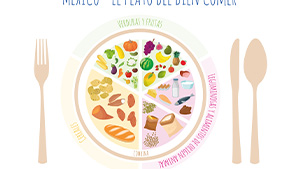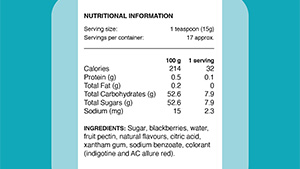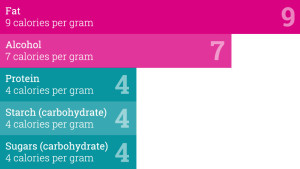FOOD LABELLING
Across Latin America, pre-packaged food and drinks manufactured in the different countries will display labels on pack to help you make informed food and drink choices. Some of these labels will be mandatory, others will be voluntary; but all with the same purpose, to help you understand more about what is contained within the food and drinks you are buying.
When it comes to sugars, below you’ll find some useful information about where you can find out just how much are in a product across the different countries.
INGREDIENTS LIST
The first place you may be able to find out whether a product contains sugars is in the ingredients list. All the ingredients that have been used to make the product will be shown in order of weight. If you see ‘sugar’ listed then it is the same type of sugar that you find in your kitchen cupboard (sucrose). There may also be other ingredients that contain sugars such as fruit, fruit juice or other sugar ingredients e.g. glucose, fructose, maltose.
The ingredients list is mandatory in all countries.
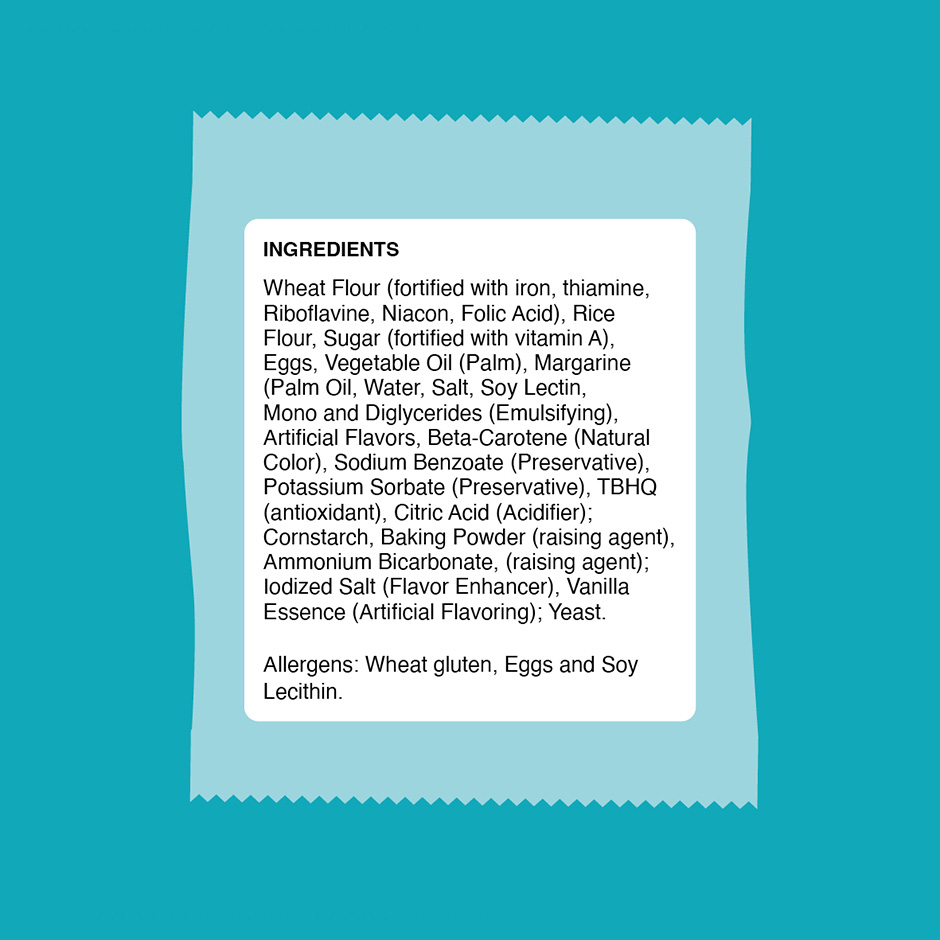
NUTRITIONAL INFORMATION
The second place you may be able to find out about sugars is on the nutritional information panel. This will typically be displayed on the back (or side) of pack and will list the major nutrients in a product in a particular order, including energy (both in kilojoules (kJ) and kilocalories (kcal), known as calories), and the amounts of fat, saturated fat (known as saturates), carbohydrates, sugars, protein and salt. Sugars will be listed as carbohydrates (which usually include both starches and sugars) and will use the phrase “of which sugars” to show how much sugars there are per 100g/100ml of product. Some products may also show the nutrient content in grams per portion as a percentage of the Reference Intakes (formerly known as Guideline Daily Amounts).
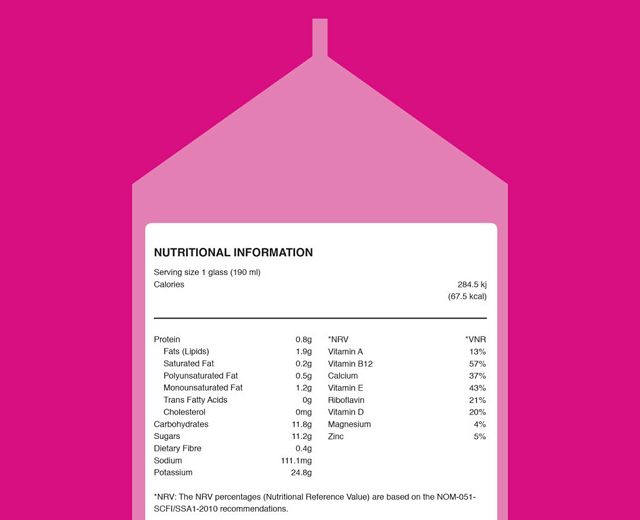
FRONT OF PACK LABELLING
In some countries within the region, the third place you may be able to find out about sugars is on the front of pack. The labels may vary from country to country, but all are based on levels of energy and nutrients, such as saturated fat, sodium or sugar, and if the product goes above its national recommended levels.
Further information can be found here:
| MERCOSUR | |
| Argentina | |
| Bolivia | |
| Brazil | |
| Chile | |
| Colombia | |
| Costa Rica | |
| Cuba | |
| Dominican Republic | |
| Ecuador | |
| El Salvador | |
| Guatemala | |
| Honduras | |
| Mexico | |
| Nicaragua | |
| Panama | |
| Paraguay | |
| Peru | |
| Puerto Rico | |
| Uruguay | |
| Venezuala |
IDENTIFYING ‘ADDED SUGARS’
We often get asked as well about ‘added sugars’ which are those sugars used during manufacturing, and whether it’s possible to figure out how much is in our food. Unfortunately, you won’t be able to find added sugars listed separately on a food label – this is because it’s not possible to accurately analyse the amount of added sugars in a food or drink product as you cannot distinguish naturally occurring sugar from added sugars in a laboratory given they are the same molecules.
To give you an example, when you make beer the sugars (glucose and maltose) from the malt are fermented to make alcohol which isn’t actually a sugar. What you may find as well, is that the sugars combine with other ingredients to enhance the flavour and/or colour of a product making it very difficult to determine where the sugars come from (i.e. have they been added? Do they occur naturally? Or have they been combined in the cooking process?)
| SUGAR FACTS |
|---|
| There is no such thing as 'hidden sugar'. It must always be declared on the food label. |
| Added sugars (also known as free sugars) are those used in manufacturing or added by the cook or consumer. Naturally occurring sugars are those found naturally in a product e.g. fruit or vegetable |
| When you read “sugars” on a food label this not only includes sucrose (table sugar), which is what we commonly believe in Latin America., this also includes maltose, lactose and fructose. |

